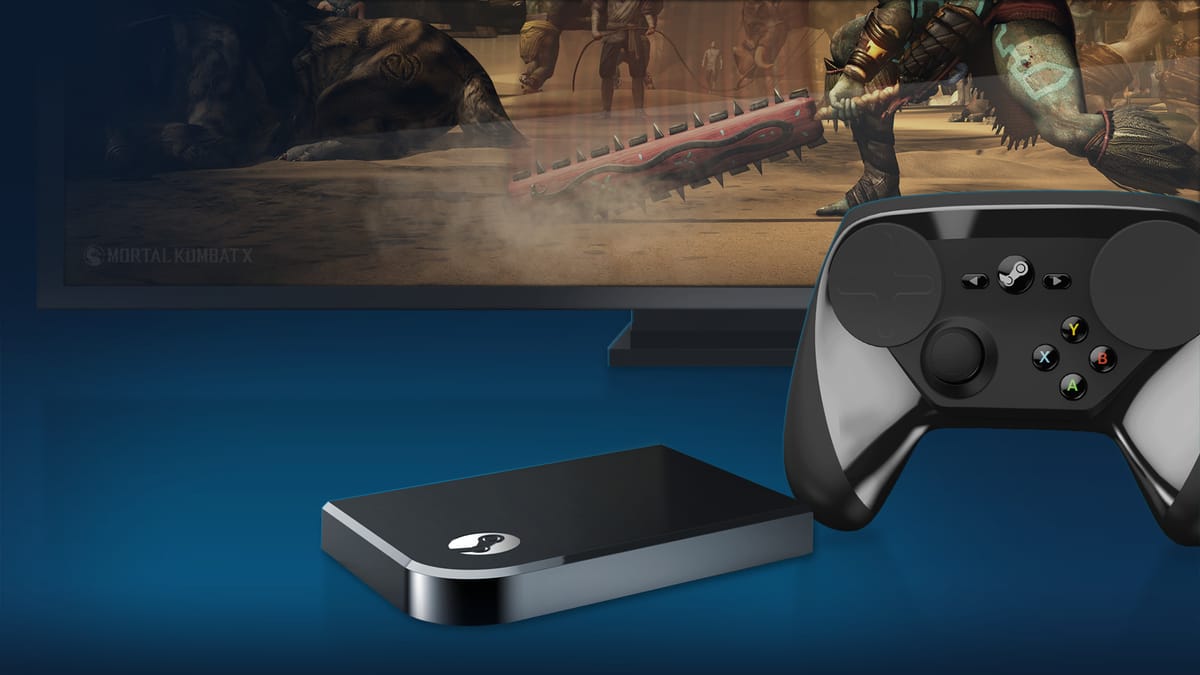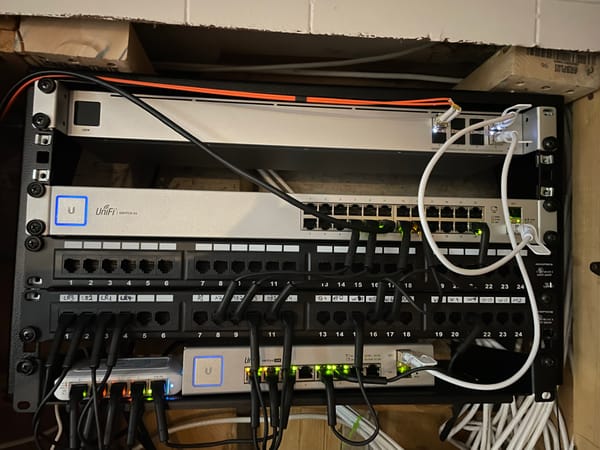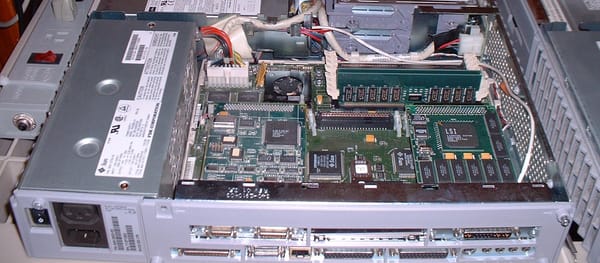Was Valve Ahead of Its Time with the Steam Link and Controller?
The Steam Link brings seamless PC game streaming to your TV, but firmware quirks hold it back. Meanwhile, the Steam Controller innovates but struggles to replace traditional controllers. Were they worth it?

Streaming has become an essential part of digital entertainment. Music, movies, and television are often delivered this way, with users consuming only what they need in real time. Video games have gradually followed this path, not as passive media, but as interactive experiences where the hardware running the game is separate from the device used to play it.
Valve embraced this approach as part of its Big Picture mode, designed to move gaming from the office desk to the living room couch. The idea was simple: attach affordable hardware to a television, while streaming the actual game from a more powerful PC. In late 2015, Valve introduced two devices that embodied this vision: the Steam Link and the Steam Controller. Both promised innovation, but each arrived with its share of complications.
Steam Link
The Steam Link was designed with a single purpose: streaming Steam games to a television. In many respects, it delivered. Even over a wireless connection, performance was strong enough that you might forget the game was running remotely. Unfortunately, several usability issues quickly reminded us this was early-stage hardware.

Inside, the Steam Link was essentially a miniature Linux computer. It carried a Marvell DE3005-A1 Armv7 CPU paired with a Vivante GC1000 GPU, supported by 512 MB of DDR3 RAM and 256 MB of flash storage. Networking was handled by a Marvell 88W8897 chip with dual-band 802.11ac Wi-Fi and Bluetooth 4.0, alongside 100 Mbps Ethernet. With three USB 2.0 ports and HDMI out at 1080p/60Hz, the box had just enough power to decode video streams and forward controller input back to the host PC.

That design worked remarkably well most of the time, but the experience was marred by quirks. Controller support was inconsistent: the official Microsoft USB adapter for Xbox 360 wireless controllers was never detected, while inexpensive replicas worked with partial functionality. Even then, the d-pad refused to function. A quick visit to Valve’s support forums revealed this was a common complaint.
Other frustrations piled on. The Steam Link had no power button, which meant a Steam Controller was the only way to wake it up. On our test Toshiba LCD television, HDMI negotiation often failed, leaving the screen tinted pink until the cable was unplugged and reinserted. None of these problems broke the device outright, but they did undermine the seamless “couch-ready” experience Valve was aiming for.

Despite these flaws, the Steam Link was an impressive streaming box for its price. It handled its core job with surprising transparency, and with firmware polish it could have been the definitive way to bring Steam games into the living room. Valve would later expand its capabilities with Steam Link Anywhere in 2019, allowing streaming beyond the home network. But by that point, the hardware was already discontinued, replaced by the software-based Steam Link app for phones, smart TVs, and even the Raspberry Pi.
Steam Controller
The Steam Controller was Valve’s attempt to rethink how players interacted with PC games. Released in November 2015 alongside the Steam Machines, it set out to make games designed for keyboard and mouse accessible from the couch. Production ended in 2019, but during its brief life it stood out as one of the boldest experiments in controller design.
Instead of the familiar dual analog sticks and d-pad, the controller featured two large clickable trackpads with haptic feedback. These pads provided vibration cues as fingers moved across the surface, creating the sensation of sliding on a trackball. In addition to the trackpads, the controller offered fourteen buttons, including under-grip inputs that added options rarely seen on consumer gamepads. A built-in gyroscope and accelerometer allowed for motion-based controls in certain games. Internally, the board combined an NXP Cortex-M0 microcontroller, a Nordic nRF51822 Bluetooth chip, and an Invensense MPU-6500 motion sensor to bring these features together.

In testing, the controller performed well in situations where no other gamepad was usable. Controlling a mouse cursor through the trackpad was workable, and trigger mapping allowed games with heavy keyboard input to feel playable on a television. However, for modern titles built around dual-stick layouts, the lack of a proper d-pad and second analog stick limited its usefulness.
The software side was equally ambitious. Steam’s Big Picture mode allowed per-game configuration, access to community layouts, and fine tuning of sensitivity and button mapping. These options were powerful, but also made setup time-consuming. In practice, fifteen minutes were spent configuring the controller before it felt usable, while a wireless keyboard and mouse provided a simpler solution for most living room setups.
Although it never reached widespread popularity, the Steam Controller was a valuable experiment. It demonstrated how input devices could be pushed beyond traditional layouts and influenced how Steam supports controller customization today. Many of the software tools first created for it are now available to other gamepads, ensuring that Valve’s work on this unusual controller continues to shape PC gaming.
In Conclusion
Both the Steam Link and the Steam Controller marked an important step in Valve’s effort to bring PC gaming into the living room. The Steam Link showed that high-quality game streaming was possible on affordable hardware, even if early firmware quirks got in the way. The Steam Controller pushed input design in new directions, introducing customization features that were years ahead of the competition, but never managed to replace the simplicity of standard controllers.
With both devices now discontinued, it is clear Valve’s experiments did not achieve the adoption they had hoped for. Yet they remain valuable examples of a company willing to test new ideas in hardware, even if the results were short-lived. For players who picked them up, these devices provided a glimpse of what gaming outside the office could look like, and set the stage for future attempts at merging PC gaming with the comfort of the living room.
Modern Conclusion (updated for 2025)
Looking back, both the Steam Link and the Steam Controller were stepping stones toward what Valve has built today. The Steam Link hardware is long gone, but its software successor runs almost everywhere: on smart TVs, mobile devices, Raspberry Pi boards, the Meta Quest headset, and even Apple TV, which is increasingly positioning itself as a casual console.
The Steam Controller was retired in 2019, but its most distinctive feature lives on in the Steam Deck, which carries forward the dual haptic pads alongside more traditional sticks and buttons. The customization tools pioneered for the controller also now extend to every major gamepad on Steam, from Xbox and PlayStation to Nintendo’s Switch Pro.




